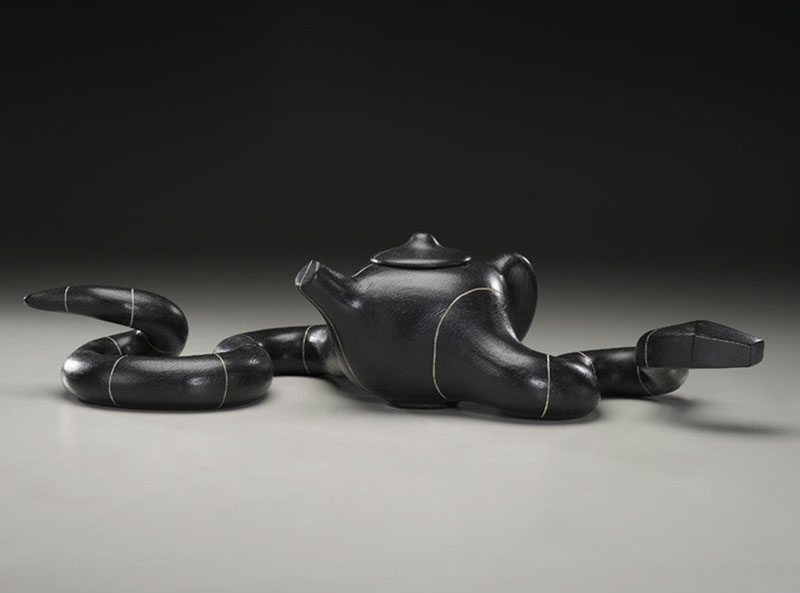Throughout history, public regard for tea has wavered between medicine or poison, and it’s surprisingly a debate also applicable to snakes. As we head into the Year of the Snake (29 January), we ask the essential question – is there such a thing as snake tea?

Tourists to Southeast Asia might be familiar with the scene. A bunch of you have just disembarked from a boat in the Golden Triangle area – maybe Thailand, Burma or Laos – and an array of souvenir sellers spread out before you. Among them there’s always a guy who sells whisky with a snake in the bottle. It’s nasty stuff (to be honest you can’t ‘taste’ the snake, just a burn of alcohol) and it’s like souvenir crack for laddish types looking for something masculine and exotic to brag about when they get home.
It’s a strange thing to infuse in whisky (the other choice is a scorpion) but the makers claim that it’s an aphrodisiac, and that imbibing this treats back pain and muscle strains, something they borrowed from traditional Chinese medicine where a snake’s various parts are said to cure many ills. Apparently, snake meat improves circulation and the skin; snake gall, bones and skin are used to treat sciatica, migraines and rheumatism; and snake venom is a ‘divine medicine’ for a range of conditions such as joint pain and hair loss to leprosy and sexual difficulties.
Interestingly, modern research has verified many positive effects from snake-based medicine, including its venom, but Western study is made difficult due to quarantine issues with bringing animals across from Asia. I guess we just have to make do with Caduceus, the double snake on a staff that symbolises medicine.
All this I discovered while wondering if there was an appropriate tea I could recommend for the Year of the Snake. While there are many teas associated with dragons, there’s just one associated with snakes and it’s an infusion, not a camellia tea, made of pulverised mamushi, Japan’s most venomous snake. Jonelle Patrick, who wrote the thrilling historic fiction The Last Tea Bowl Thief, writes about the process on her blog*.
I can’t in good conscience recommend snake tea because I haven’t had it, but if you’re looking for a tea to celebrate the Lunar New Year, reach for a tried and true hong cha, red (black) tea – red is an auspicious colour, after all.
References:
- Asian Bestiary: The Snake by Jaslynn Ho Tze Tsing
- The Medicinal Use of Snakes in China by Dr Subhuti Dharmananda
*Note that Patrick uses the term ‘poisonous’ incorrectly. Poison is inhaled, swallowed or absorbed through the skin – the tea is clearly not poisonous because it is ingested as medicine. However, something is venomous when it can inject a toxin into you. If you’re on the receiving end of mamushi fangs, you can expect at least a week in hospital.
This article originally appeared in AUSTCS enews 28 January 2025.